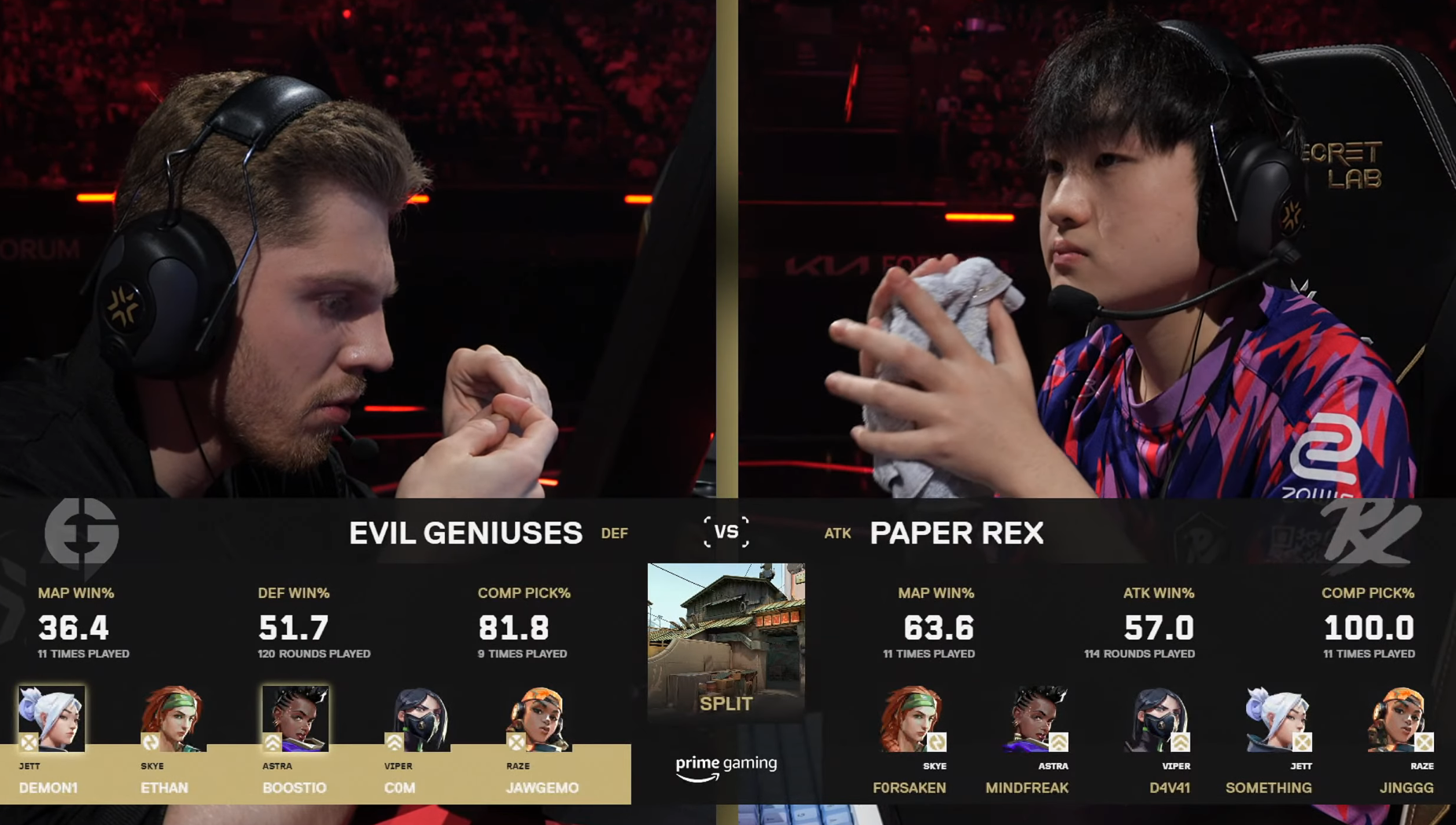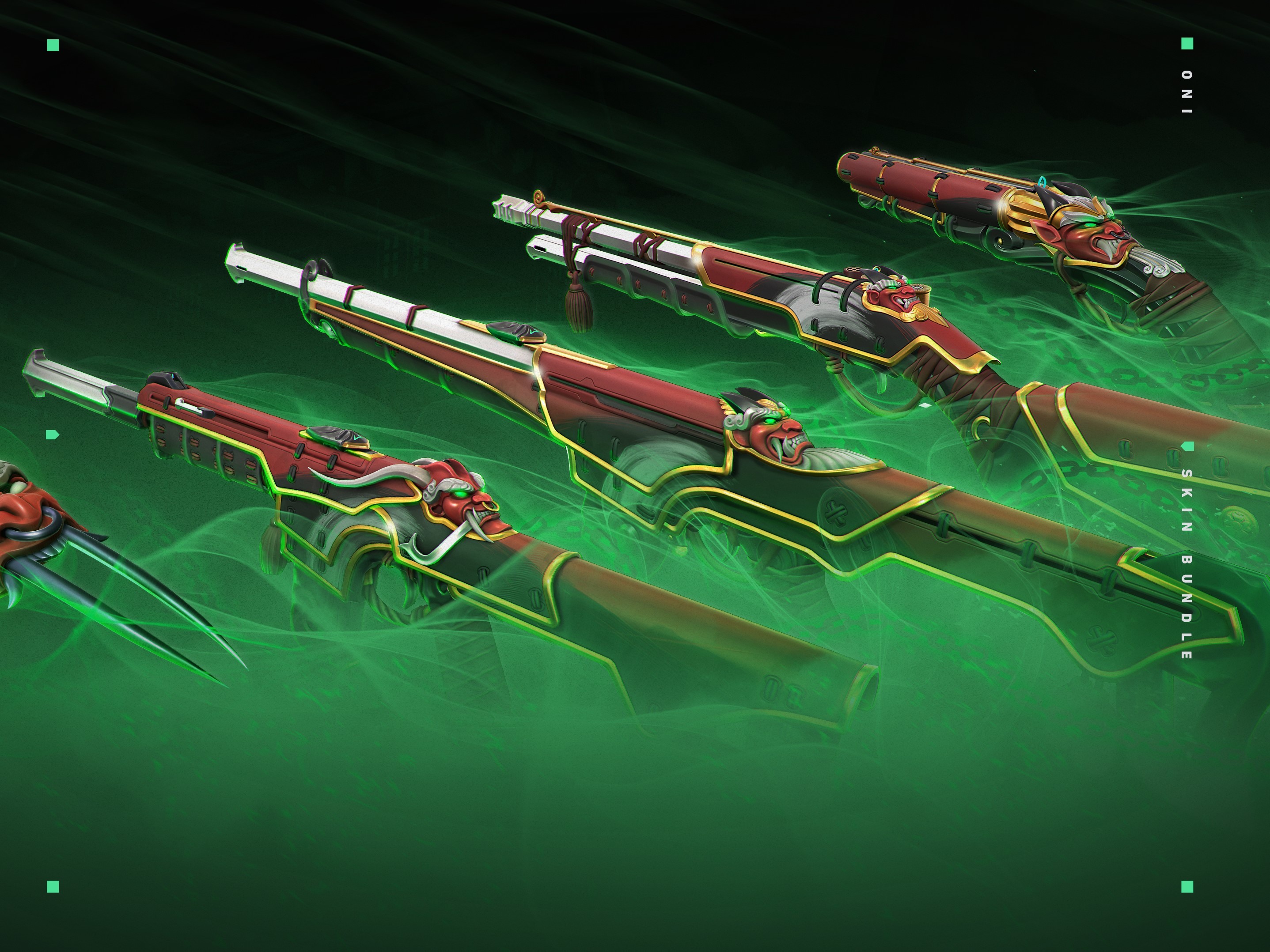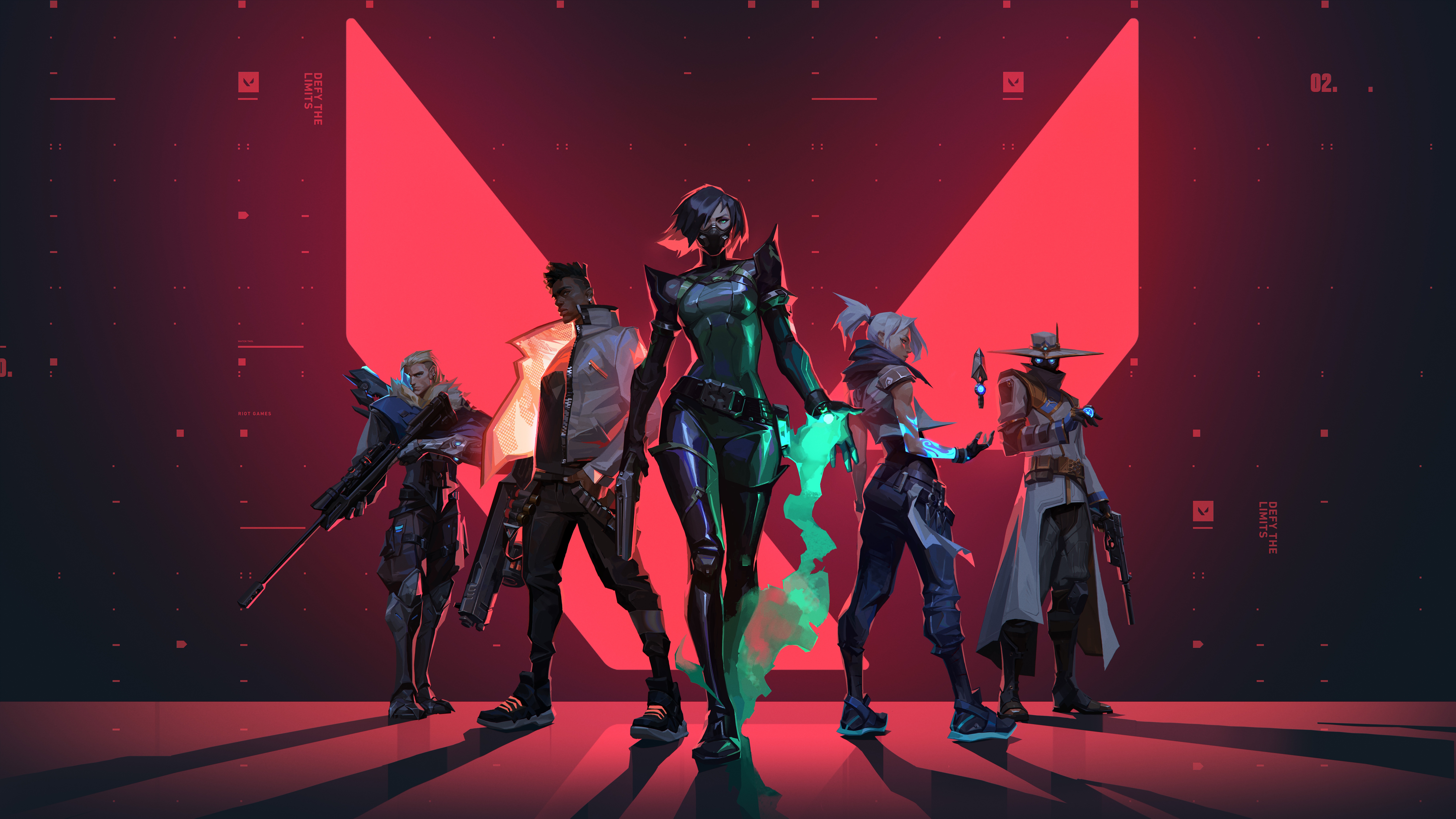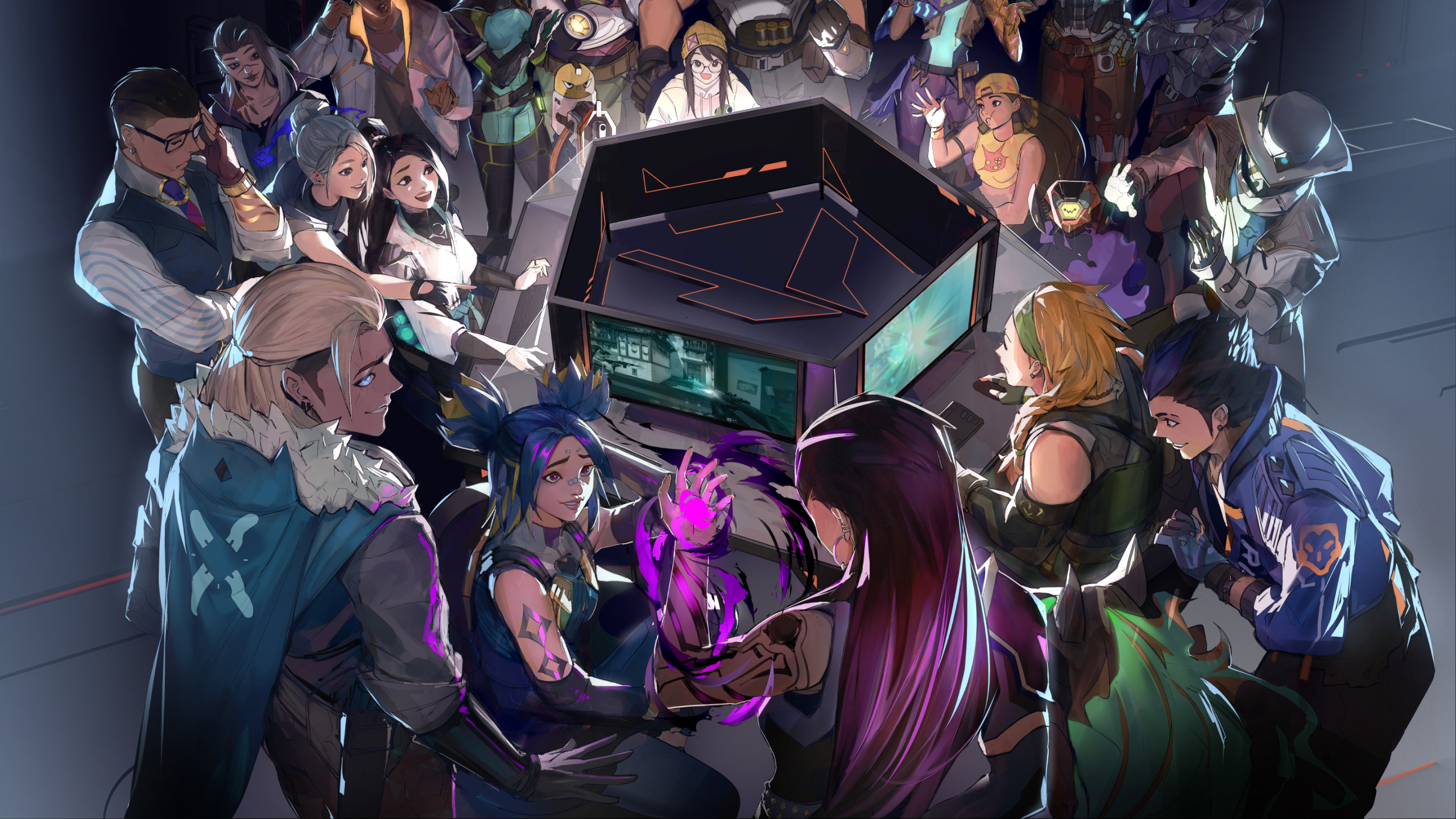We already know that there's a certain meta for specific maps in Valorant Pro Play, but the question arises: how much room is left for creativity and variety, and what impact do new agents have on this?

To get closer to the question of the balance between freedom and a mandatory meta in Valorant Esports, we'll take a closer look at the pick rates of the agents during the last Valorant Champions Tour in Los Angeles. Also, we'll check the recently released agents and their impact on the meta.
Most Popular Agents In Valorant Pro Play
While in competitive games you see every agent now and then (although with dominance from Sage, Reyna, and Jett), there's a different trend in Pro Play. Here, we have a specific meta for each map and as viewers we see only minor deviations. However, it's these deviations that keep us engaged, as they make the match more exciting. For example, when a team picks a Reyna, Neon or Yoru, everyone gets excited in the audience. The reactions would be similar for newer agents like Gekko or Deadlock, since they haven't been seen often in Pro Play. As it stands right now, some are getting bored with watching the same meta repeatedly, especially with the double smoker meta.

Here we have some stats for you regarding the overall pick rates of the agents from the last Valorant Champions (all maps combined):
| Duelist - Pickrate | Sentinel - Pickrate | Smoker - Pickrate | Initiator - Pickrate |
| Raze - 55% | Killjoy - 63% | Viper - 55% | Skye - 56% |
| Jett - 52% | Chamber - 10% | Omen - 42% | Sova - 26% |
| Yoru - 4% | Cypher - 8% | Astra - 30% | Breach - 23% |
| Neon - 3% | Sage - 1% | Brimstone - 23% | Kayo - 19% |
| Phoenix - 3% | Deadlock - 0% | Harbor - 10% | Fade - 13% |
| Reyna - 3% | Gekko - 3% |
The overall pick rates reveal that there is almost a clear meta in every class: for Duelists it's Raze and Jett; for Sentinels it's Killjoy; and for Initiators it's Skye. Among the Controllers, the distribution is relatively balanced.
This is, of course, explained by the nature of the maps and the agents' kits. For example, Killjoy's kit offers more versatility for the role of a Sentinel compared to Chamber, Cypher, or Sage. Her turret activates when an enemy is in its line of sight, providing the most secure flank control compared to other Sentinel traps. Additionally, her ultimate can clear an entire site. Skye's abilities are also very versatile, especially in tight corridors where she can clear them with her dog in combination with the best healing in the game.
Jett's movement and dodging abilities, combined with her smoke, are very powerful and Raze's entire kit is beneficial for not only herself but the entire team. Other Duelists in contrast, are more niche picks.
Seeing the same picks frequently, the team Paper Rex was a nice breath of fresh air. The crowd loved them, particularly because they ran a comp with Phoenix or Reyna and actually made it work.

Recent Agents Are Unpopular In Valorant Pro Scene
In the past, we've seen newly released agents completely change the entire meta due to their strong kits. A prime example of this is Chamber, who has since been significantly nerfed. However, the two recently released agents, Gekko and Deadlock, haven't exactly gained popularity in the pro scene. In fact, Deadlock had a 0% pick rate in the last VCT. This is probably why Riot announced buffs for Deadlock. Also, some pro players have already shared their opinions about the new agent Iso, indicating that he won't be often seen in pro matches either (although we can only really judge once Iso is released and potential combos with other agents have been tested).
Perhaps Riot aims to maintain a stable meta in the esports scene while introducing more variety in ranked and other game modes. This way the teams in the league, who put a lot of effort in their training, don't have to constantly rethink about new ability combinations and lineups. They can focus on maining two or three agents.
Also, the stable meta could be more a result of the pros themselves rather than Riot. Thinking outside the box and planning unconventional strategies is, after all, a risk that could lead to a decline in performance. That's why they prefer to stick with what they know.
In the end, it's probably a mix of both. The team's strategies and what the agent's kit offers for specific maps.







